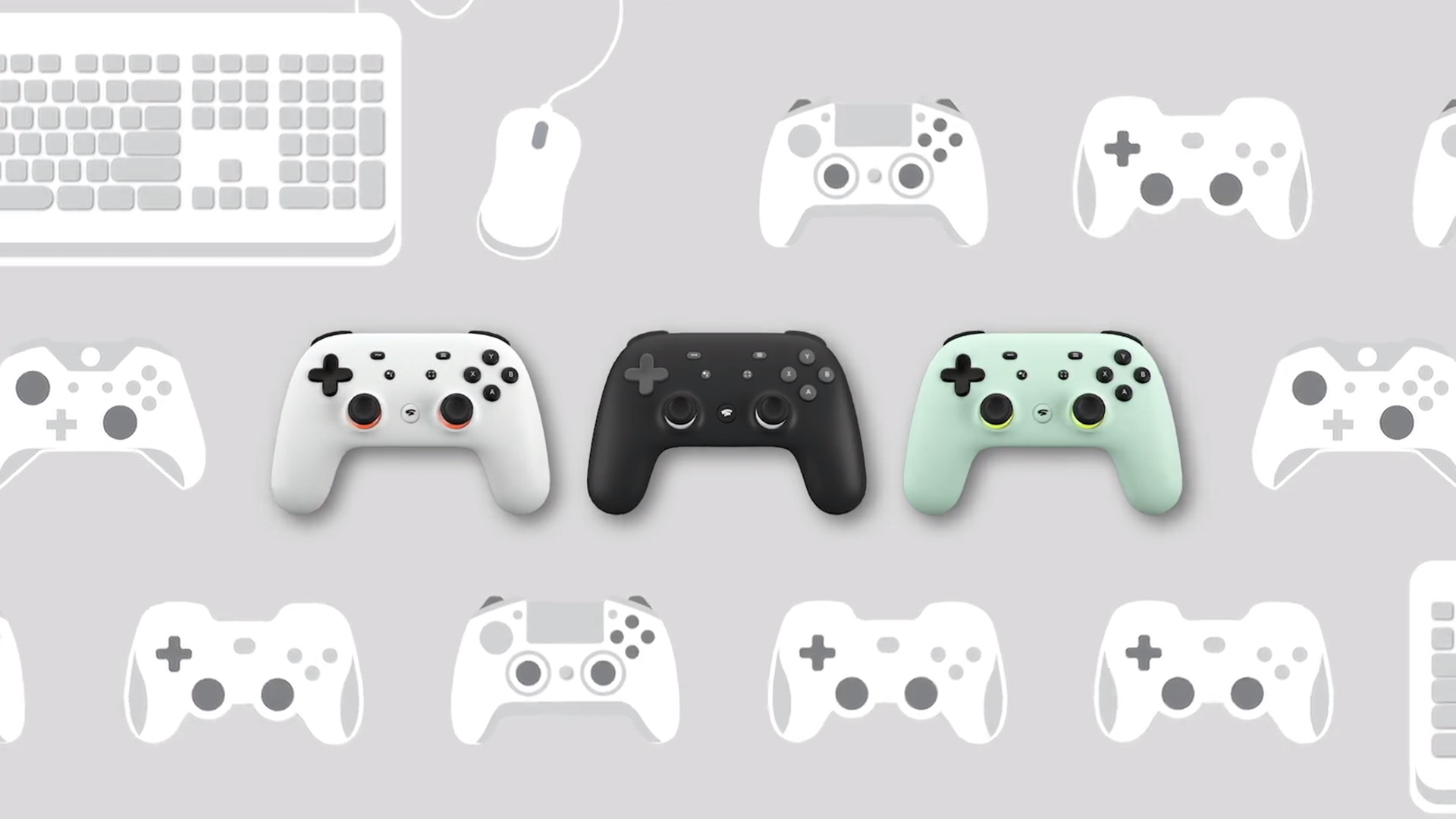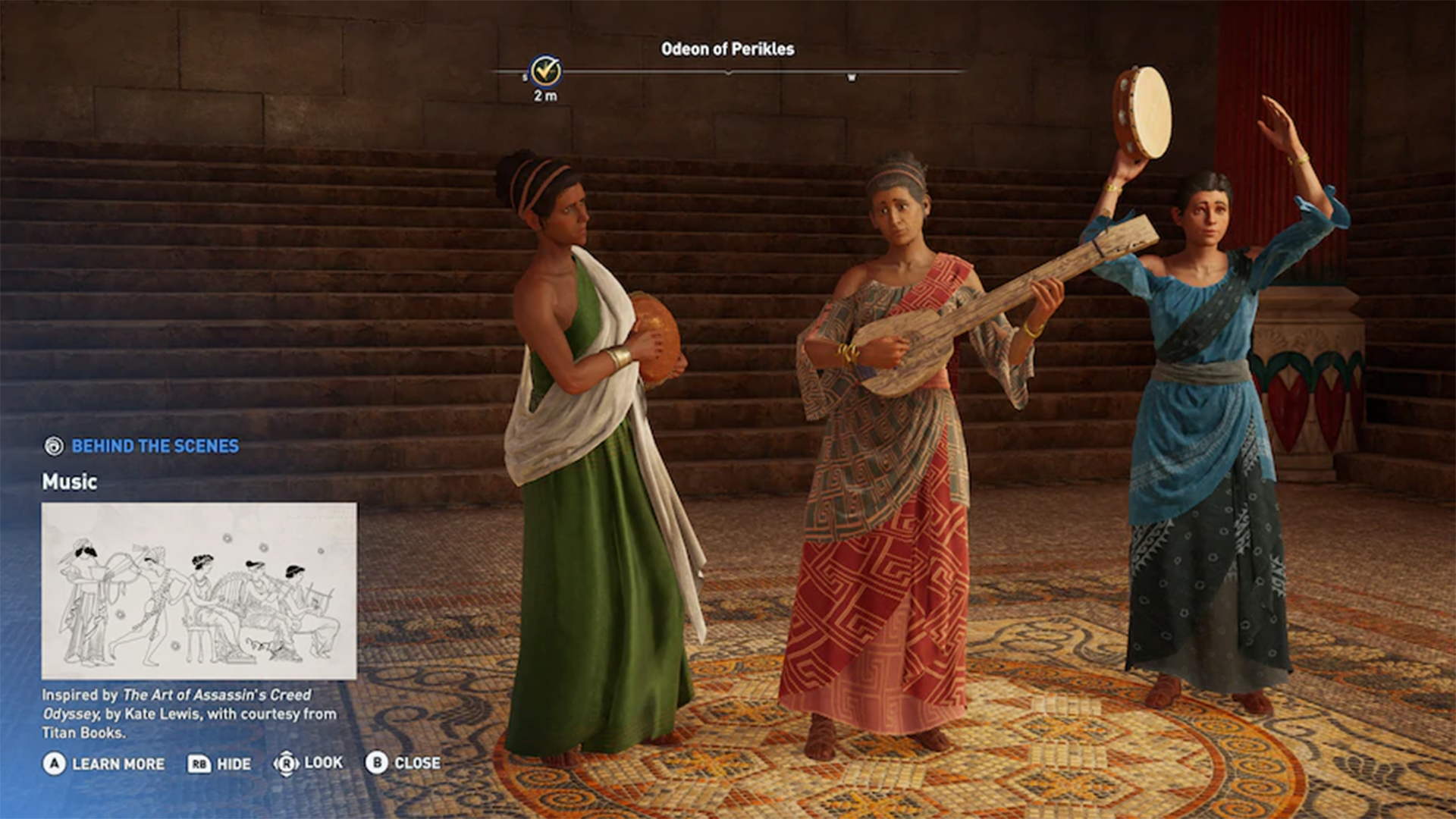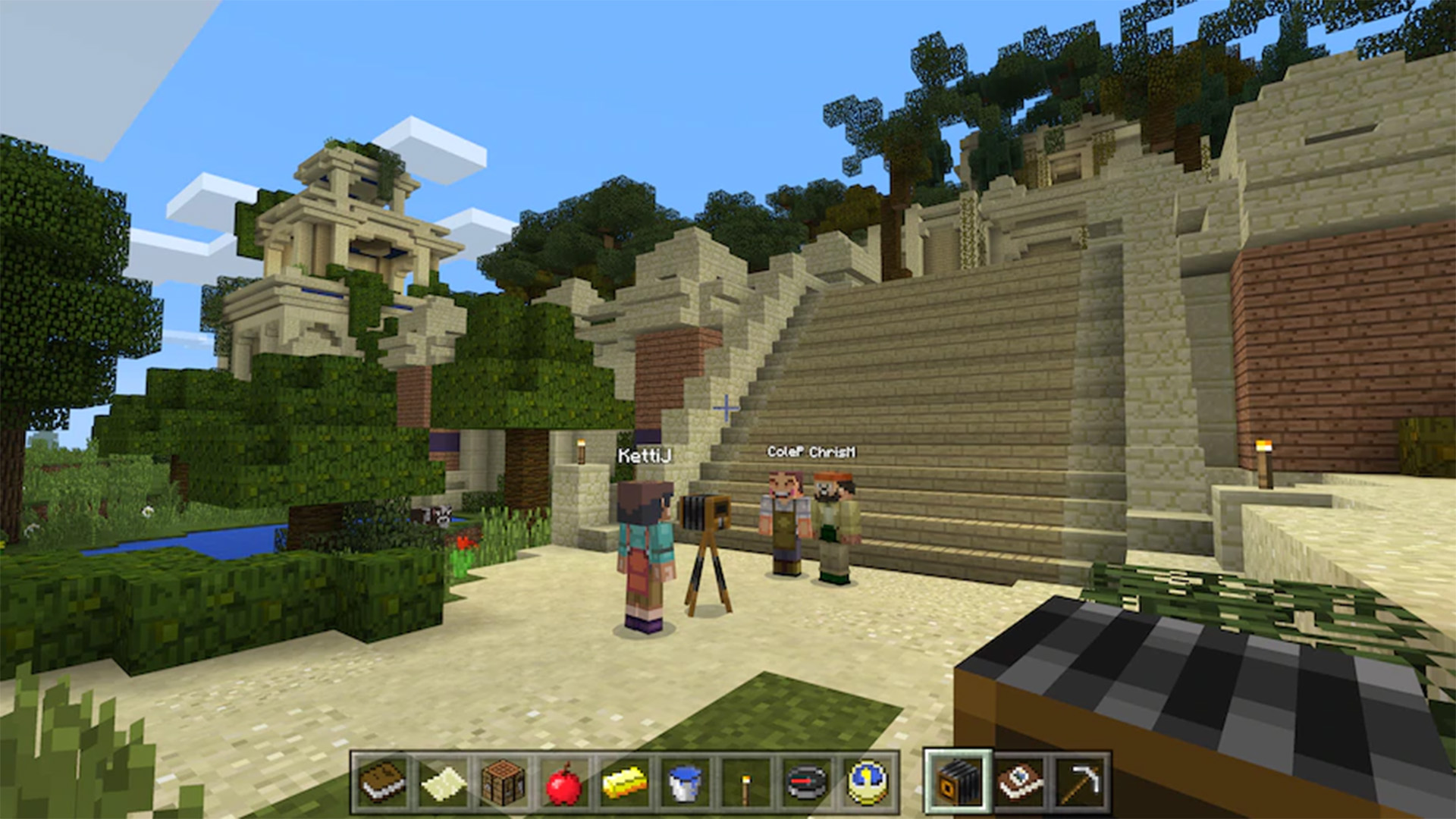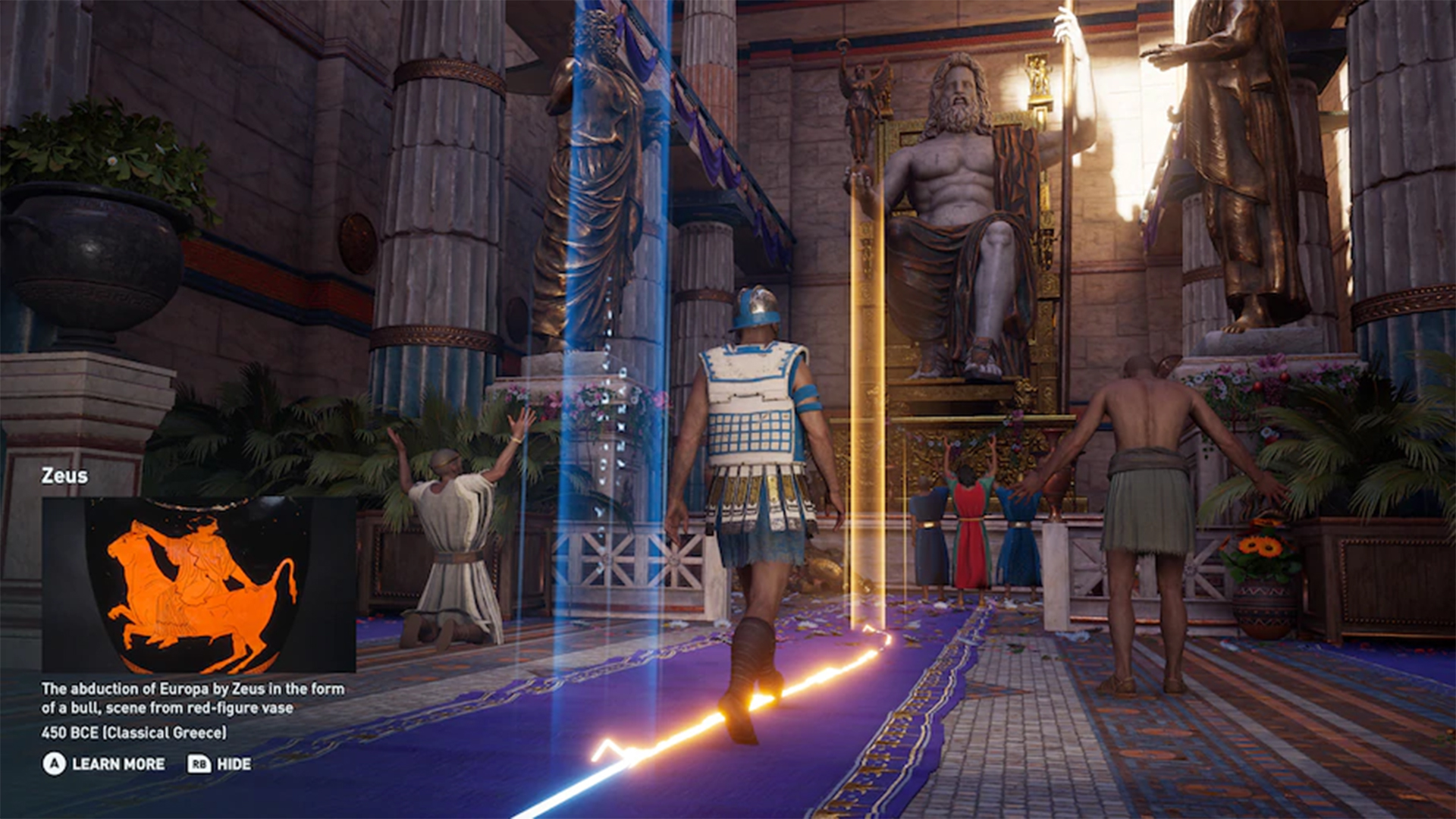Esports: How to Get Started with Cloud-Based Gaming, Such as Stadia, in Schools
Cloud-based esports as an education tool just got easier than ever to access for schools

Video gaming as part of education took a huge leap forward when recent events forced teaching online, with esports playing a significant part. Thanks to advanced cloud-based platforms, such as Google Stadia and Microsoft Project xCloud, schools are now able to affordably offer a place for students to take advantage of esports and game-based learning without the need for expensive hardware.
Google Stadia offered up its pro membership free to anyone with a Gmail account, something that is also free for any student to sign-up for. Registration includes a nine-game bundle for free at the time of publishing.
One of the most stand-out modern examples of a quality game that can be used for education is Assassin's Creed: Odyssey, which is set in ancient Greece. The game has a mode called Discovery Tour that lets the player explore the interactive historic world without the story, missions, or combat playing a part.
Students can take a virtual tour of this ancient land, visiting famous sites and cities. Quizzes can be used to check learning as the player progresses along the exploration.
This is one example and there are plenty more available. But why is cloud-based gaming so important to make this work?

Cloud-Based Gaming and Esports Works for Everyone
One of the important things about cloud-based gaming, with platforms such as Google Stadia, is the online nature of the processing. All of the data crunching is done in the cloud on powerful servers so the device being used by the teacher or student need not be powerful. This results in high-quality and detailed experiences with immersive graphics being available to more users.
With popular online games such as Minecraft, owned by Microsoft, offering an education mode for free from June 2020, using games for lessons has also become easier than ever.
Tech & Learning Newsletter
Tools and ideas to transform education. Sign up below.
Of course, a decent internet connection is required, since the crunched data needs to flow as freely as possible with minimal lag for a smooth interactive experience.
School technology developments typically move slowly, due to factors such as cost and roll-out hurdles. Cloud-based gaming side-steps a lot of these problems, allowing for a faster and wider uptake.
Cloud-based esports and gaming has also been turbo boosted by COVID-19 and the need to moving education-related and extracurricular activities online.

How Fast Does My Connection Need to be for Cloud-Based Esports and Gaming?
Cloud-based esports and gaming speed requirements will vary depending on the platform used and even the game being played. It will also vary based on the quality of resolution or frame rate at which the game is running.
As a rough guide, Google Stadia is a good example of the top-end.
For Google Stadia, a minimum connection requirement is 10 Mbps, which allows for high-quality 720p 60 FPS gaming. For 1080p HD at 60 FPS, 20 Mbps is needed, and for 4K ultra high-quality gaming, a minimum speed of 35 Mbps is best.
By comparison, Minecraft can be played on older smartphones and tablets.
How is Playing Esports a Part of Education?
The esports gaming revolution is predicted to reach 307 million viewers by 2021 and schools are embracing this movement. Students in many schools have formed clubs to participate in leagues, and universities increasingly offer esports as a varsity program.
Positives associated with esports gaming include improved hand-eye coordination, visual-spatial reasoning, and self-esteem. If students reach the pro level, there can be travel and scholarship opportunities.
Other positives include how esports can support equity and also offer a way for growth through meaningful social interaction when played in schools where a child might otherwise be playing alone at home.
Improved graduation rates and learning outcomes, thanks to participation in extracurricular activities, are also huge positives.
Are there Problems with Esports in Learning?
Of course all this is to be carried out responsibly. The American Academy of Pediatrics (AAP) gave screen time recommendations in 2020 that recommend that those under the age of five should be limited to an hour per day of non-educational screen time and for those over that age, "encourage healthy habits and limit activities that include screens."
This comes down to concerns about good mental health, physical activity, sleep, and familial relationships. Balancing these factors with screen time is something that parents and teachers have expressed concerns over, with Minecraft specifically being an issue.
But when these issues are monitored and balanced, there is a clear positive that can be attained through gaming and esports in education.

How Schools Can Participate in Cloud-Based Gaming
The process for getting started in cloud-based gaming and esports is fairly simple and very affordable. A school or educator can setup a club for playing in teams, or teachers can set tasks based on gaming. For example, a quiz all about Greece, based on the above mentioned Assassin's Creed: Odyssey game could be much like a quiz taken after a real-world field trip.
The actual access part is also relatively simple. In the case of Google Stadia, the account is free, so students can simply use their Gmail login, or sign-up for free. This is perfect for those schools already using Google Classroom. The fact it comes with free games means getting up and running immediately is a free process – ideal for anyone wishing to trial gaming in education.
For educators wishing to try the Microsoft Project xCloud, this will require an Xbox Game Pass in order to get access. While there will be more than 100 titles available on mobile and tablet, it requires a $14.99 monthly subscription.
Hardware-limited, non cloud-based gaming platforms, such as PlayStation Now and Steam, are available, but these can be expensive and not tailored to education. That said, many students may already own these devices and have the required subscriptions, so it can provide an option. As already well-established platforms, there are lots of titles available and free games.
The Future is Bright for Cloud-Based Esports and Gaming
With the big names of Microsoft and Google already well committed to cloud-based gaming and esports, this looks set to change the way games are played. As internet connections improve, the need for dedicated gaming hardware becomes less critical. It also connects with smartphone-based gaming, which younger children are growing up with as their primary gaming point of contact.
All that means cloud-based gaming and esports are set to grow in terms of availability and content, which will drive down costs. Those factors will create more opportunities for educators to incorporate both into school.
Luke Edwards is a freelance writer and editor with more than two decades of experience covering tech, science, and health. He writes for many publications covering health tech, software and apps, digital teaching tools, VPNs, TV, audio, smart home, antivirus, broadband, smartphones, cars and much more.
